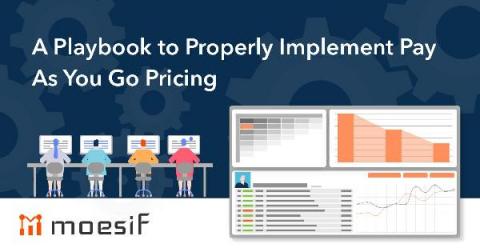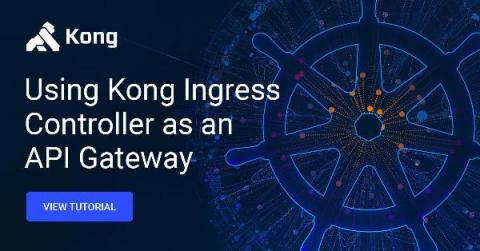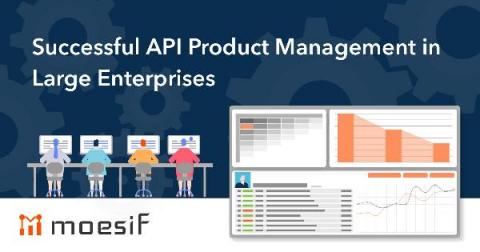Systems | Development | Analytics | API | Testing
API
APIOps: End-to-End Automation Throughout the API Lifecycle
It is a truth universally acknowledged that the culture change side of any technology transformation program is the hardest and slowest part to get right. If you cannot efficiently operationalize a technology investment, that investment is wasted. This is no different in the world of APIs and microservices, where every service is designed to support a change to a digital-first culture. APIOps makes this change possible.
A Playbook to Properly Implement Pay As You Go Pricing
Usage-based pricing, consumption-based pricing, and PAYG (Pay As You Go) are relatively new SaaS pricing models that enable you to drive both top of line growth while also increasing net revenue retention over more traditional subscription pricing models such as license or seat-based pricing. With Pay As You Go, a customer only needs to pay for what they consume such as hours of a VM or number of messages sent.
Tutorial: Using Kong Kubernetes Ingress Controller as an API Gateway
In this first section, I’ll provide a quick overview of the business case and the tools you can use to create a Kubernetes ingress API gateway. If you’re already familiar, you could skip ahead to the tutorial section. Digital transformation has led to a high velocity of data moving through APIs to applications and devices. Companies with legacy infrastructures are experiencing inconsistencies, failures and increased costs. And most importantly, dissatisfied customers.
Successful API Product Management in Large Enterprises
Joining us is Claire Barrett, Director at APIsFirst and a seasoned consultant in strategy and technology change. In our podcast she identifies the key issues to ensure digital transformation success in larger, more mature organizations, and examines why digital savviness is key, how you should always aim for shared business goals, and why balanced teams are preferable. Larry Ebringer, Moesif’s CMO, is your host today.
Composable Enterprise: The New Business Architecture
Microsoft Azure API Management vs. 3scale: Find the Right API Solution for You
Tyk or Akana: Which Has the Right API Management Tools to Match Your Needs?
Community and Evangelism in Digital Transformation
How to Be An Effective Engineering Manager By Investing In The Right Tools
After working with a diverse set of software engineering teams, we at Moesif have gained a unique perspective on what traits enable engineers to take on leadership positions and become outstanding managers vs others who have a harder time rising through the ranks. Gaining an advanced title and responsibility is not an easy task. After all, there are far more software engineers than executives at a company regardless of size. So how do you stand out to land that awesome VP or C-suite role?








